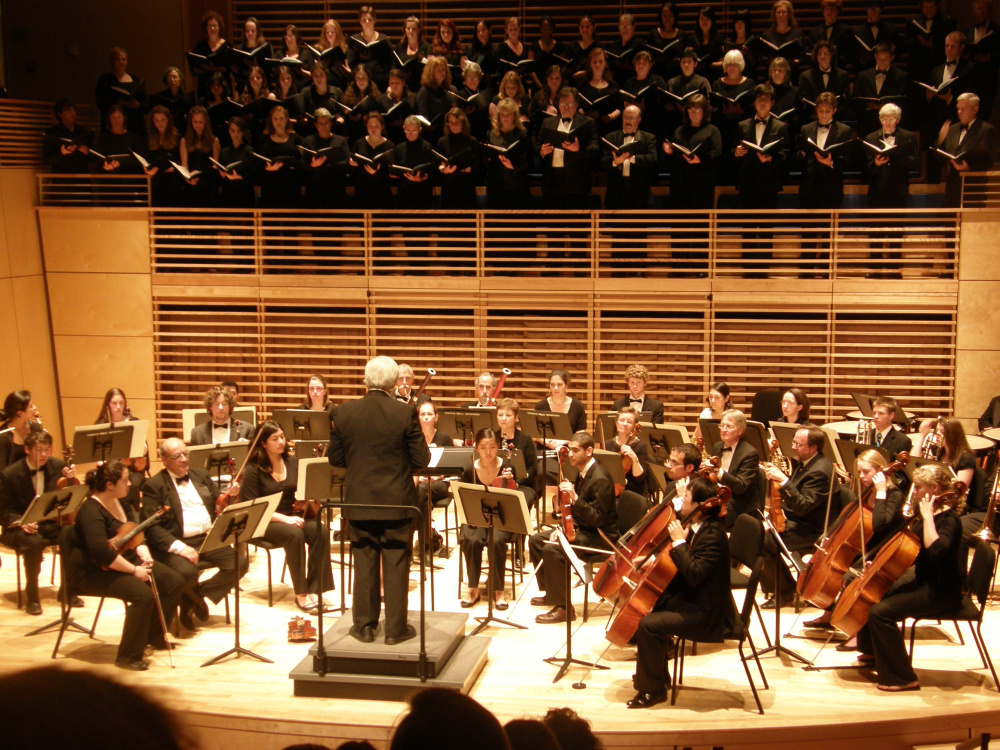I have a musically astute but slightly iconoclastic friend who insists that Joseph Haydn is a greater composer than either Mozart or Beethoven. It is not an easy argument to sell, given the places Mozart and Beethoven hold in the popular imagination.
Mozart has the cachet of the genius who died young yet composed a spectacular run of operas, symphonies, sonatas and chamber works. And Beethoven has the unbeatable storming-the-heavens image that comes of rebelling against a class system in which musicians were regarded as servants, and writing bigger, longer, more dramatic works than everyone around him, all while going deaf.
Haydn seems so tame by comparison. A bewigged, liveried servant of the Esterházy family, he composed to suit his employers’ needs and taste. But that’s not the whole story. The Esterházys left him free to develop ideas that led to the creation of the modern symphony, the piano trio and the string quartet, and his published works made their way around Europe, exciting great admiration and a hefty number of freelance commissions.
In their performance of Haydn’s great oratorio “The Creation” on Thursday evening at Bowdoin College’s Studzinski Recital Hall, the Bowdoin Chorus, supported by the Mozart Mentors Orchestra and a slate of able vocal soloists, and conducted by Anthony Antolini, offered a reminder that the closer you listen to Haydn, the more clearly you can see him as the fountainhead of the classical style – a composer without whom Mozart and Beethoven are almost inconceivable. And coming so soon after the DaPonte String Quartet’s account of “The Seven Last Words of Christ on the Cross,” it seems that a firm case for Haydn is taking shape hereabouts.
“The Creation” has a contorted history. Haydn got the idea to set the Bible’s description of the six days of creation after hearing Handel’s “Messiah” during a visit to London in 1791. The biblical text being rather short, he and his librettist, Baron Gottfried von Swieten, combined it with elements from Milton’s “Paradise Lost,” excerpts from the Psalms and poetry of Von Swieten’s, in a German libretto. (Von Swieten also created an awkward English version, which was replaced Thursday by the more natural-sounding 1957 edition by Robert Shaw and Alice Parker.)
The work’s structure is ingenious: Biblical passages are presented mostly by the angels Uriel, Gabriel and Raphael as straightforward recitative, followed by the angels’ expansively poetic arias and robust, devotional choruses. Adam and Eve make a brief appearance at the end, and the piece concludes on a joyful note, with barely a hint of conversations with snakes, apple-eating or expulsion, beyond Uriel’s wish that they not be betrayed “by false conceit.”
You can hear Handel’s influence. Just as the music of “Messiah” vividly follows and describes the imagery of the text, Haydn offers striking tone painting, starting with the introductory “Representation of Chaos,” by the orchestra (granted, Haydn could only go so far in this depiction, which sounds quite orderly to 21st-century ears), and including a thundering, kaleidoscopic, fortissimo chord on the final word, sung by the chorus, of the command, “Let there be light.” Later, as Raphael describes the division of land and sea, Haydn uses his orchestra to evoke surging waters, thundering tempests, rising waters, hail and “light and flaky snow.”
The Mozart Mentors Orchestra, founded by Antolini and Clorinda Noyes in 2010, combines teachers (mentors) and students (mentees) in its string sections, with added winds and brass. It did a fine job of evoking Haydn’s rich imagery, occasional intonation mishaps notwithstanding. The players used modern instruments, played with a good sense of 18th-century style, and with a fortepiano supplying a hint of the period’s sound.
Antolini did a superb job of balancing his chamber orchestra and the chorus of nearly 60, which sang with passion and precision, particularly in Part III, in which the narrative gives way to a bright, spirited fugal hymn of praise. And tenor David Myers Jr. as Uriel, soprano Sarah Tuttle as Gabriel, and bass-baritone John David Adams as Raphael (and, in the finale, Adam) each gave consistently polished, graceful accounts of the solo arias, as did soprano Rebecca Worthington, in her brief appearance as Eve.
Allan Kozinn is a former music critic and culture writer for The New York Times who lives in Portland. He can be contacted at:
allankozinn@gmail.com
Twitter: kozinn
Send questions/comments to the editors.



Comments are no longer available on this story